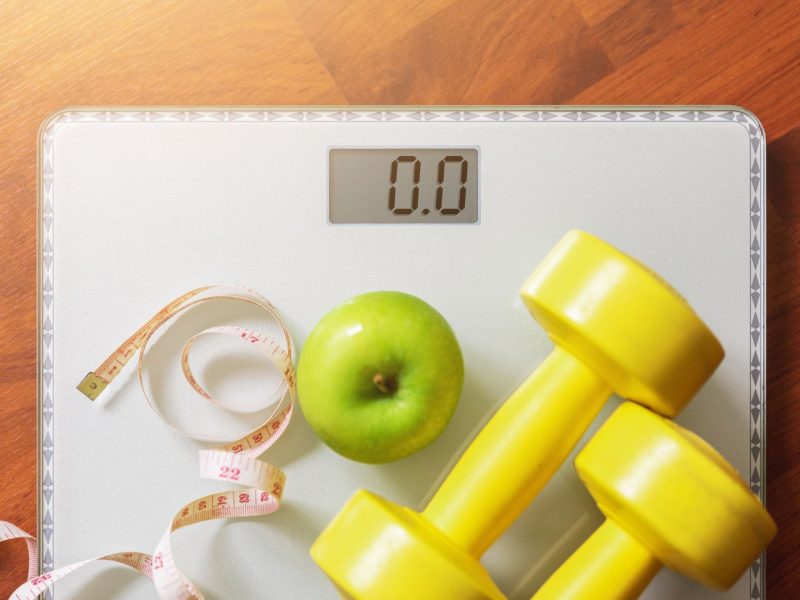As a doctor, I often get asked about the best ways to incorporate cardiovascular exercise into a fitness routine. While cardio is essential for heart health, weight management, and overall well-being, not all cardio is created equal. Some forms of cardio can do more harm than good, leading to fatigue, muscle loss, and even injury. Let’s break down the differences between bad cardio and good cardio so you can make the most of your workouts.
What is Good Cardio?
Good cardio is exercise that improves cardiovascular fitness while protecting your joints, muscles, and overall health. It helps strengthen the heart, increase endurance, and promote fat loss without causing excessive stress on the body. Here are some characteristics of good cardio:
1. Moderate-Intensity, Sustainable Workouts
Good cardio involves a steady and manageable pace that keeps your heart rate in a fat-burning zone (typically 50-70% of your maximum heart rate). Examples include:
- Brisk walking
- Cycling at a moderate pace
- Swimming
- Rowing
- Light jogging
These activities provide an excellent cardiovascular workout while being easy on your joints and muscles.
2. High-Intensity Interval Training (HIIT) in Moderation
HIIT is one of the best ways to maximize calorie burn in a short period. It involves short bursts of intense exercise followed by recovery periods. Examples include:
- Sprint intervals (30 seconds sprint, 1-minute walk)
- Jump rope intervals
- Bodyweight circuits (burpees, jump squats, mountain climbers)
HIIT improves cardiovascular endurance and burns fat efficiently, but it should not be done every day. 2-3 sessions per week are ideal to allow proper recovery.
3. Low-Impact Cardio for Longevity
Protecting your joints is crucial, especially as you age. Low-impact cardio exercises minimize strain on the knees, ankles, and lower back. Some excellent options include:
- Elliptical workouts
- Swimming and water aerobics
- Rowing machines
- Walking on a treadmill with an incline
These exercises provide a solid cardiovascular workout without putting unnecessary stress on your body.
What is Bad Cardio?
Bad cardio includes activities that lead to excessive stress, burnout, or injury. Some common mistakes people make include:
1. Overdoing Steady-State, High-Intensity Cardio
Many people believe that more cardio means better results, but excessive long-duration, high-intensity cardio (such as running for hours every day) can lead to:
- Muscle loss (as the body burns muscle for energy)
- Joint pain and injuries (due to repetitive impact)
- Increased cortisol levels, leading to stress and fat retention
2. Ignoring Proper Form and Recovery
Bad cardio often happens when people prioritize quantity over quality. Running with improper posture, overstriding, or using poor mechanics on cardio machines can lead to:
- Knee and ankle injuries
- Lower back pain
- Shin splints
Proper warm-ups, cool-downs, and recovery days are crucial to prevent these issues.
3. Doing Only Cardio and Neglecting Strength Training
Many people rely solely on cardio for weight loss, neglecting strength training. This can result in:
- Loss of muscle mass
- Slower metabolism
- Poor posture and increased risk of injury
A balanced fitness routine should include both cardio and resistance training for optimal health.
How to Get the Most Out of Cardio
- Mix it up: Combine steady-state cardio with HIIT and strength training.
- Listen to your body: If you’re exhausted, allow time for recovery.
- Prioritize quality over quantity: Focus on efficient workouts rather than spending hours on cardio machines.
- Choose low-impact options when necessary: Protect your joints for long-term health.
Final Thoughts
Cardio is essential for a healthy heart and body, but not all cardio is beneficial. By choosing the right type of cardiovascular exercise and balancing it with strength training and recovery, you can achieve your fitness goals without harming your body. Good cardio should leave you energized and strong, not drained and injured.
Have you been guilty of bad cardio habits in the past? What’s your favorite form of good cardio? Let’s discuss in the comments!



